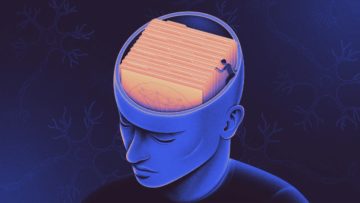Saugat Bolakhe in Quanta:
 Memory doesn’t represent a single scientific mystery; it’s many of them. Neuroscientists and psychologists have come to recognize varied types of memory that coexist in our brain: episodic memories of past experiences, semantic memories of facts, short- and long-term memories, and more. These often have different characteristics and even seem to be located in different parts of the brain. But it’s never been clear what feature of a memory determines how or why it should be sorted in this way.
Memory doesn’t represent a single scientific mystery; it’s many of them. Neuroscientists and psychologists have come to recognize varied types of memory that coexist in our brain: episodic memories of past experiences, semantic memories of facts, short- and long-term memories, and more. These often have different characteristics and even seem to be located in different parts of the brain. But it’s never been clear what feature of a memory determines how or why it should be sorted in this way.
Now, a new theory backed by experiments using artificial neural networks proposes that the brain may be sorting memories by evaluating how likely they are to be useful as guides in the future. In particular, it suggests that many memories of predictable things, ranging from facts to useful recurring experiences — like what you regularly eat for breakfast or your walk to work — are saved in the brain’s neocortex, where they can contribute to generalizations about the world. Memories less likely to be useful — like the taste of that unique drink you had at that one party — are kept in the seahorse-shaped memory bank called the hippocampus.
More here.
